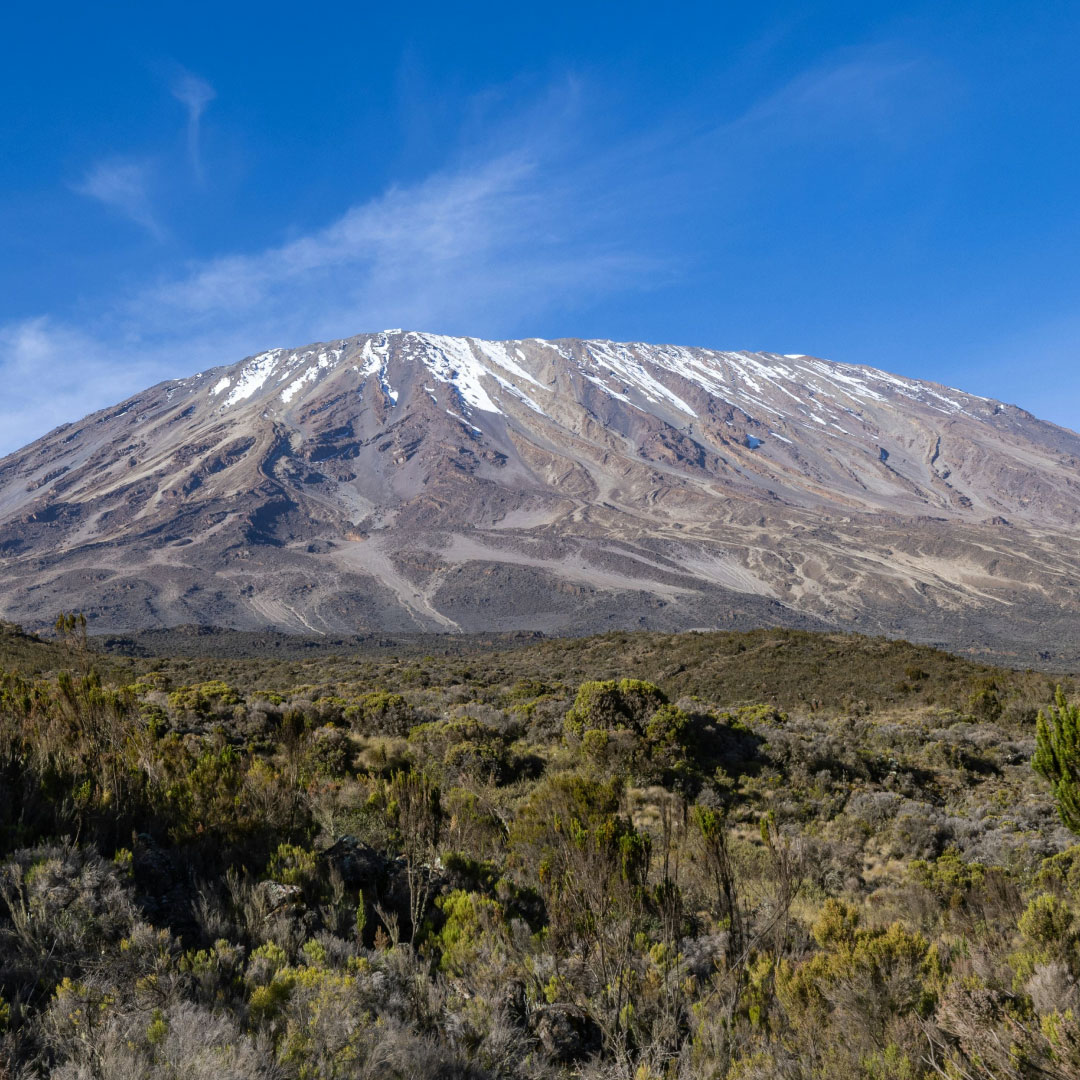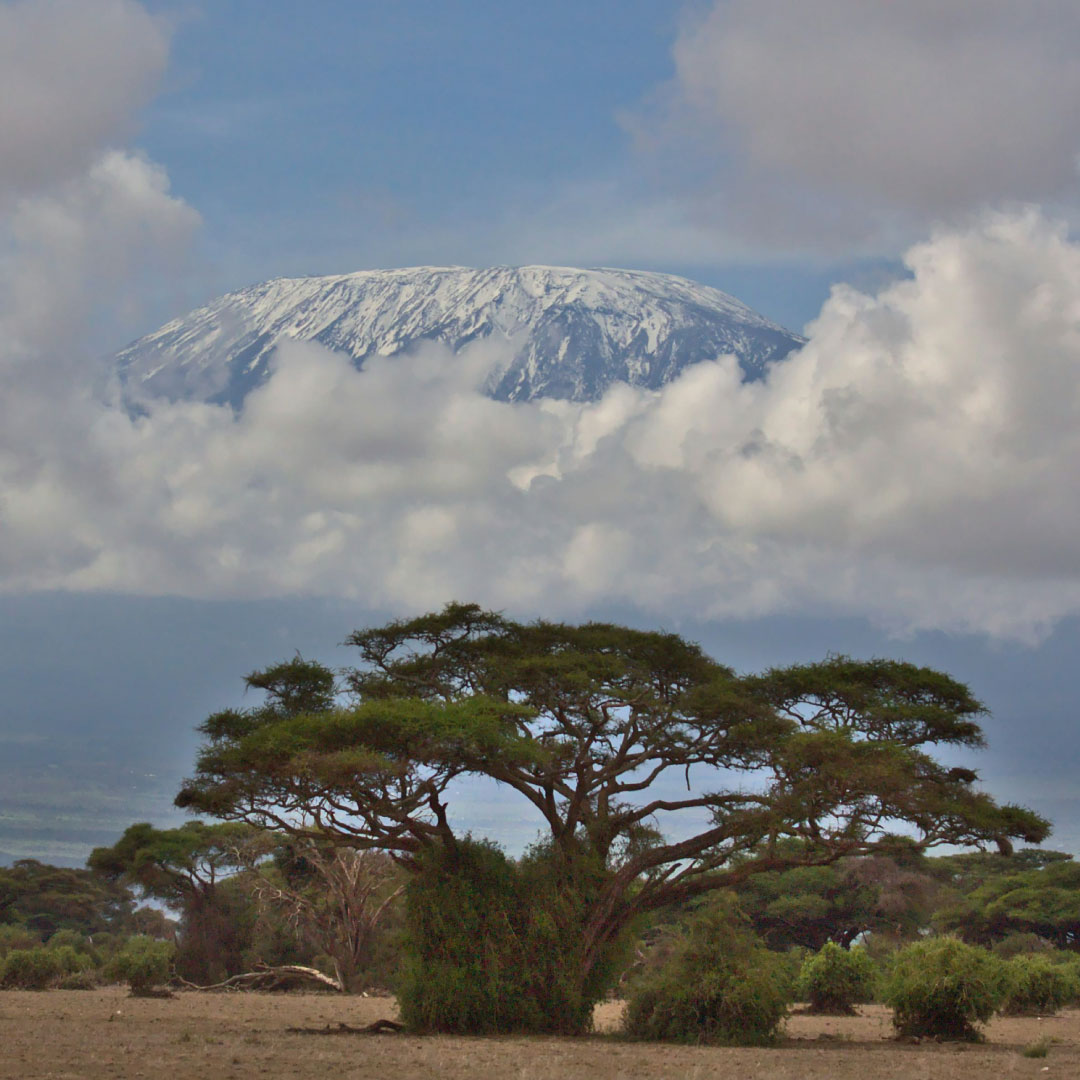Mount Kilimanjaro


Mount Kilimanjaro, the tallest mountain in Africa and the highest free-standing mountain in the world, rises 5,895 meters above sea level. Its snow-capped peak is an iconic symbol of Tanzania and attracts thousands of adventurers every year. Despite its height, Kilimanjaro is considered a non-technical climb, meaning that it doesn’t require specialized mountaineering skills, making it accessible to trekkers with good physical fitness. There are several routes to the summit, ranging from five to nine days, each offering unique scenery and experiences.
Kilimanjaro’s slopes are divided into distinct ecological zones, each offering a different landscape as you ascend. The base of the mountain is covered in lush rainforests, home to diverse wildlife such as colobus monkeys, antelope, and a variety of bird species. As you ascend higher, the landscape transitions to alpine meadows and then into moonscape-like desert before reaching the icy glaciers at the summit.
Climbing Mount Kilimanjaro is a journey through five distinct climate zones, which makes the trek a remarkable experience beyond just reaching the summit. For many, the crowning achievement of the climb is reaching Uhuru Peak, the highest point in Africa, where climbers are rewarded with breathtaking views of the surrounding landscapes and the satisfaction of completing one of the world’s most renowned climbs.
Many people climb Kilimanjaro for personal achievement, charity challenges, or simply to experience one of the Seven Summits (the highest peak on each continent). The climb itself can be physically demanding due to the altitude, but with proper acclimatization and preparation, it is within reach for most trekkers. Along the way, climbers are accompanied by experienced guides and porters who help ensure a safe and enjoyable ascent.
For those who aren’t interested in reaching the summit, day hikes through Kilimanjaro’s lower slopes offer a taste of the mountain’s beauty, including its rainforests and wildlife. Whether you aim for the summit or explore its lower trails, Kilimanjaro remains one of Tanzania’s most iconic and rewarding destinations.
FAQ About Destination
How difficult is it to climb Mount Kilimanjaro?
Climbing Kilimanjaro is physically demanding, but it’s a non-technical climb, meaning no special mountaineering skills are required. Trekkers with good physical fitness can make it to the summit with proper acclimatization.
What is the best time of year to climb Kilimanjaro?
The best time to climb Kilimanjaro is during the dry seasons: from June to October and December to February, when the weather is most favorable for trekking.
Do I need a guide to climb Mount Kilimanjaro?
Yes, it is mandatory to climb Kilimanjaro with a licensed guide. Experienced guides and porters help ensure safety and assist with navigating the route.

